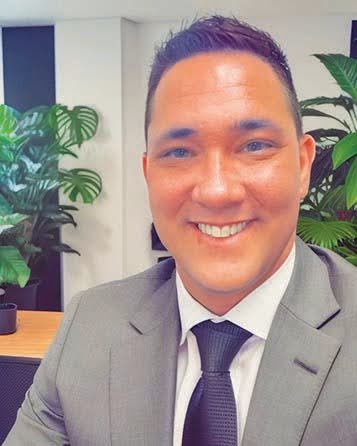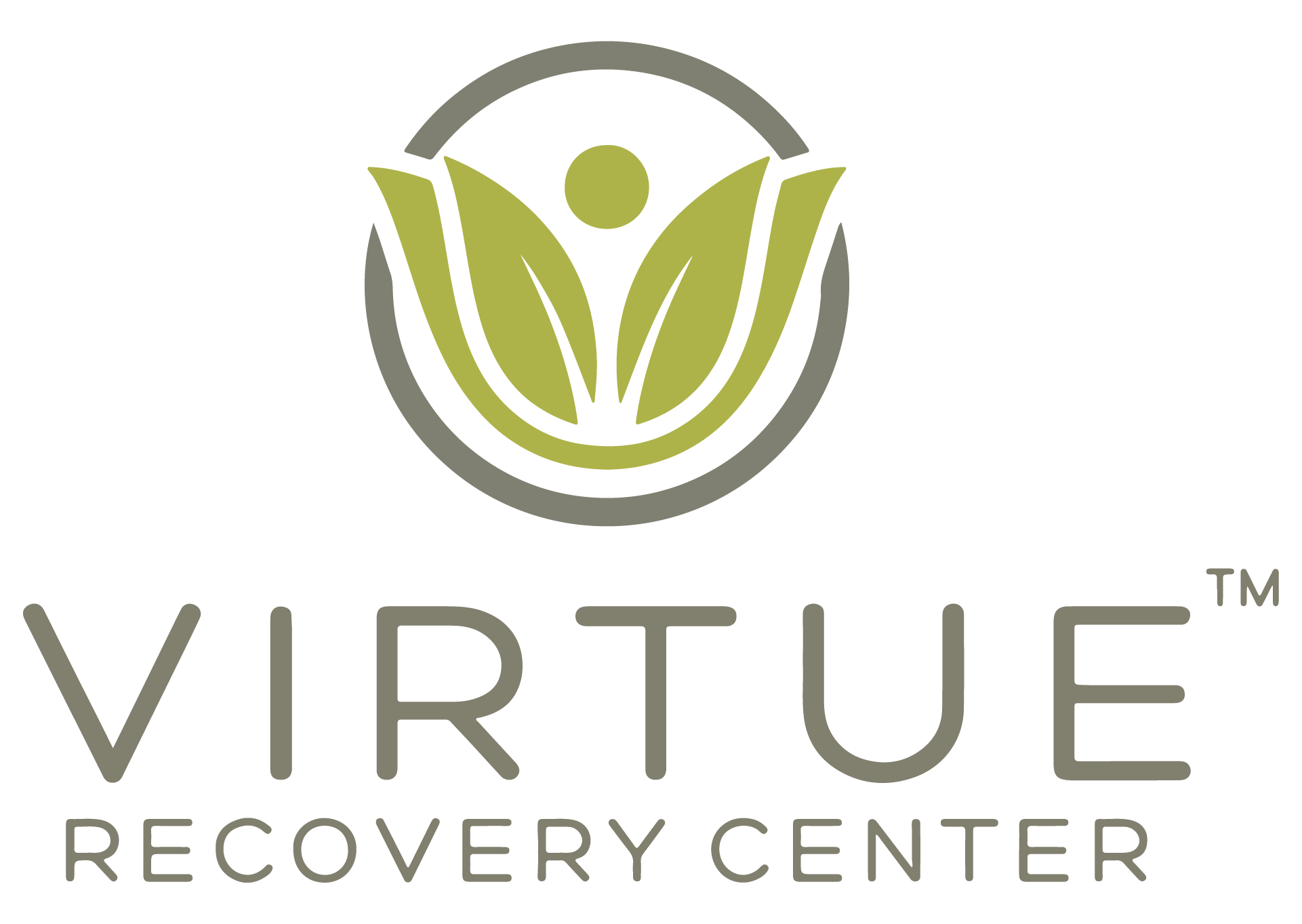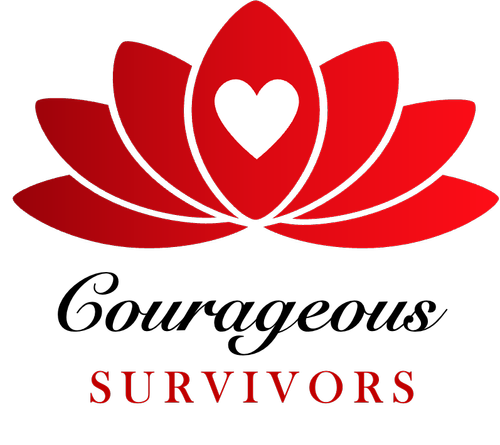Myths vs Facts
Myth: Mental health issues can’t affect me.
FACT: Mental health issues can affect anyone.
In 2020, about:
1 in 5 American adults experienced a mental health condition in a given year
1 in 6 young people have experienced a major depressive episode
1 in 20 Americans have lived with a serious mental illness, such as schizophrenia, bipolar disorder, or major depression.
Suicide is a leading cause of death in the United States. In fact, it was the second leading cause of death for people ages 10-24. Suicide has accounted for the loss of more than 45,979 American lives in 2020, nearly double the number of lives lost to homicide.
Myth: Children don’t experience mental health issues.
FACT: Even very young children may show early warning signs of mental health concerns. These conditions are often clinically diagnosable and can be a product of the interaction of biological, psychological, and social factors.
Half of all mental health disorders show first signs before a person turns 14-years-old, and three-quarters of mental health disorders begin before age 24.
Unfortunately, only half of children and adolescents with diagnosable mental health conditions receive the treatment they need. Early mental health support can help a child before problems interfere with other developmental needs.
Myth: Mental health issues are a result of personality weakness or character flaws, and people can “snap out of it” if they try hard enough.
FACT: Mental health conditions have nothing to do with being lazy or weak and many people need help to get better. Many factors contribute to mental health conditions, including:
Biological factors, such as genes, physical illness, injury, or brain chemistry
Life experiences, such as trauma or a history of abuse
Family history of mental health conditions
People with mental health conditions can and do get better and many seek recovery support.
Myth: There is no hope for people with mental health issues.
FACT: Studies show that people with mental health conditions get better and many are on a path to recovery. Recovery refers to the process in which people can live, work, learn, and participate fully in their communities. There are more treatments, services, and community support systems than ever before, and they work:
- Prevention
- Treatment
- Recovery
Myth: I can’t do anything for a person with a mental health issue.
FACT: Friends and loved ones can make a big difference.
In 2020, only 20% of adults received any mental health treatment in the past year, which included 10% who received counseling or therapy from a professional.
Friends and family can be important influences to help someone get the treatment and services they need by:
- Reaching out and letting them know you are available to help
- Helping them access mental health services
- Help them learn self-care and coping techniques
- Learning and sharing facts about mental health, especially if you hear something that isn’t true
- Treating them with respect, just as you would anyone else
- Refusing to define them by their diagnosis or using labels such as “crazy”, instead use person-first language
Source: https://www.samhsa.gov/mental-health/myths-and-facts



































